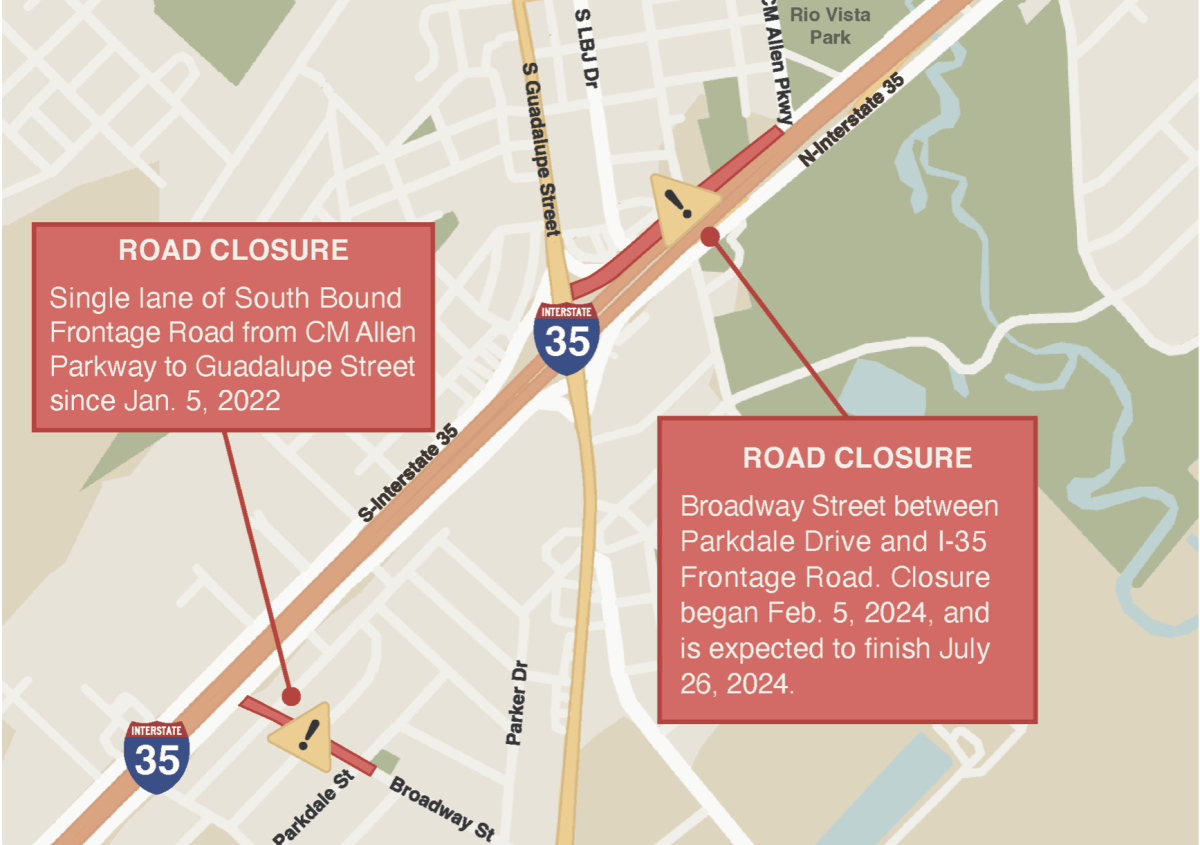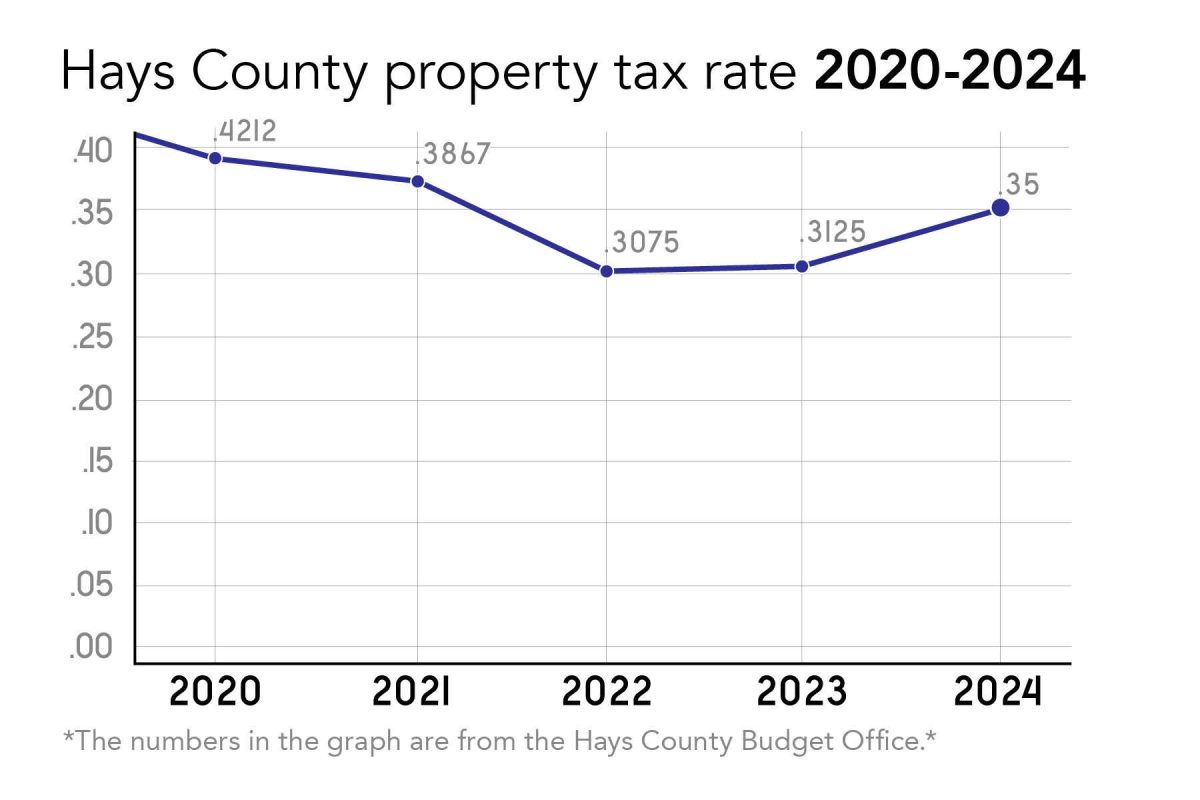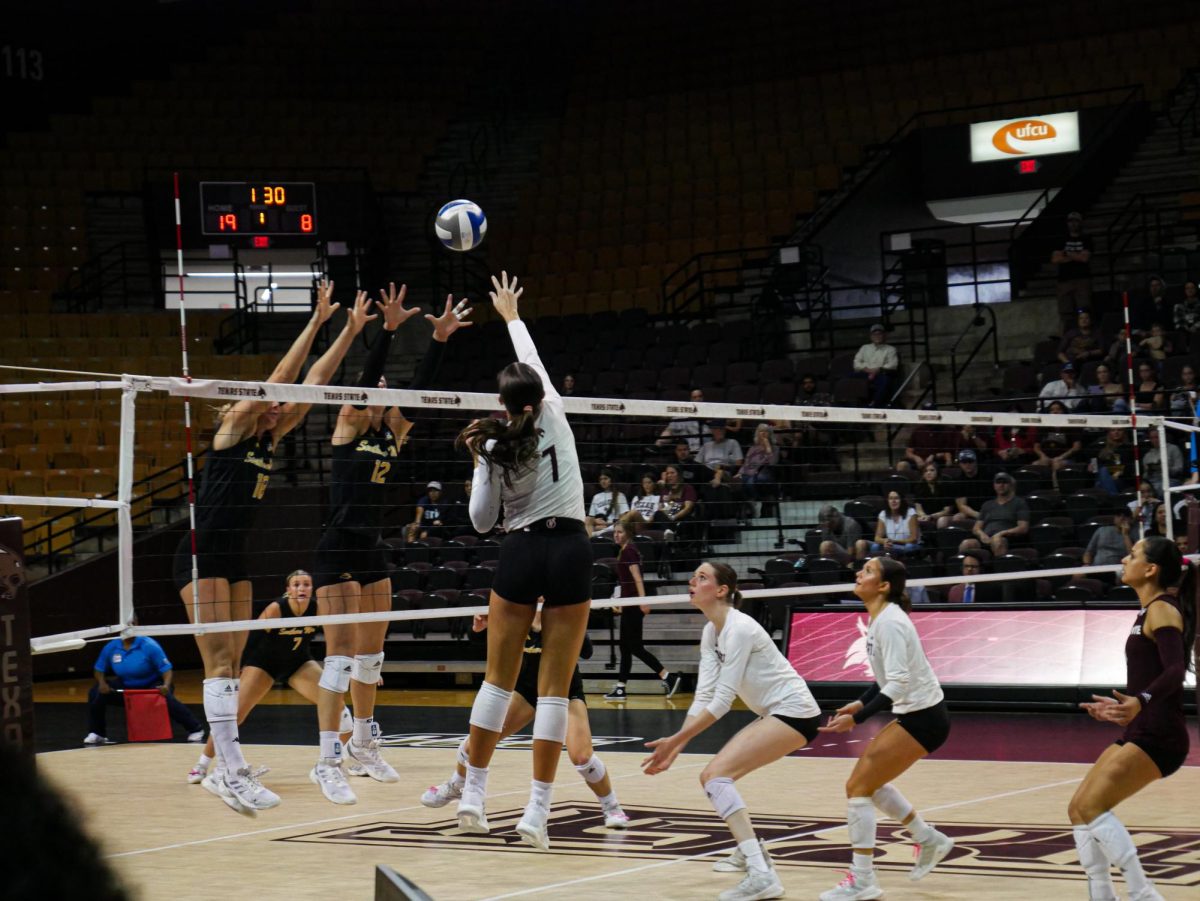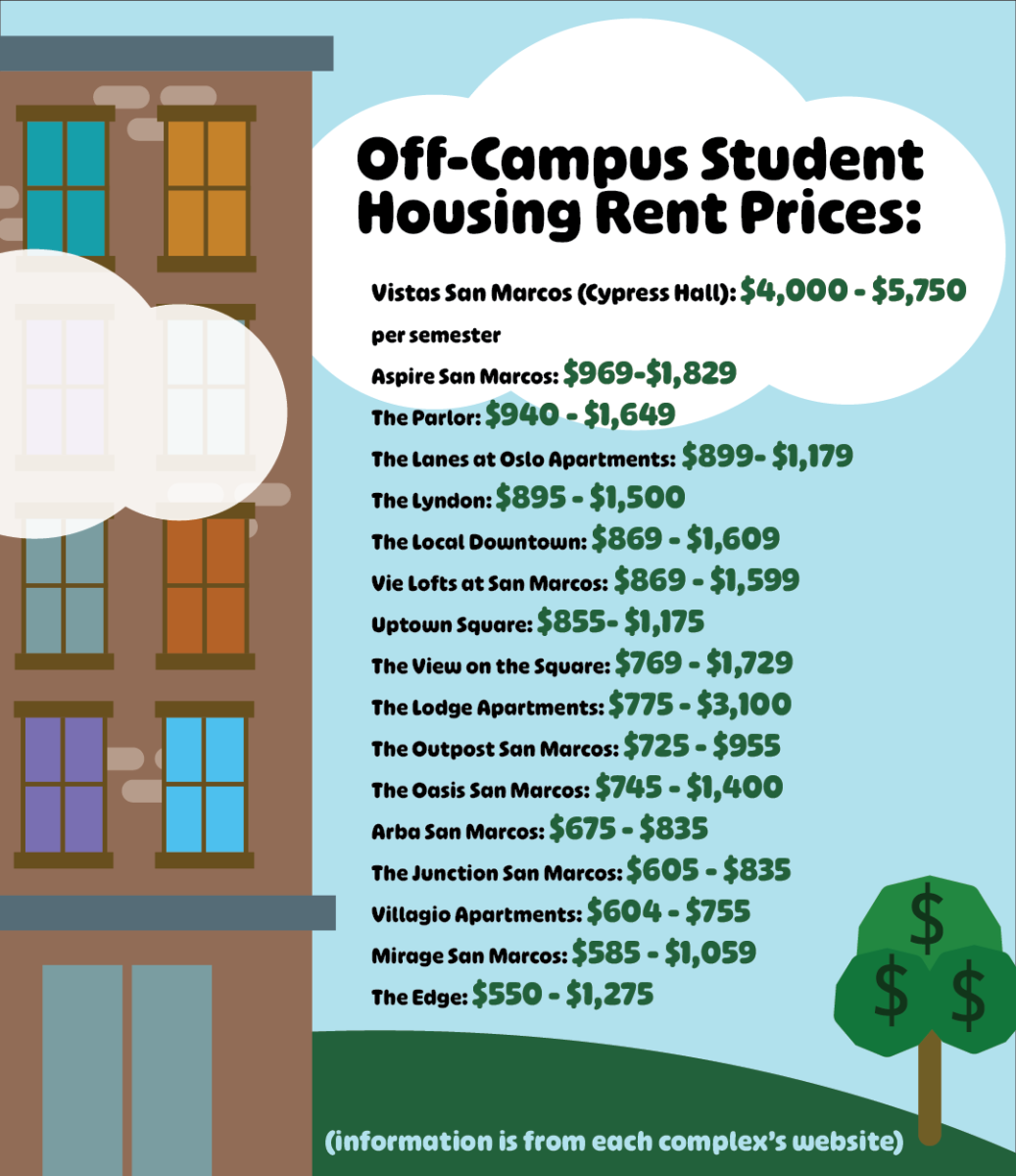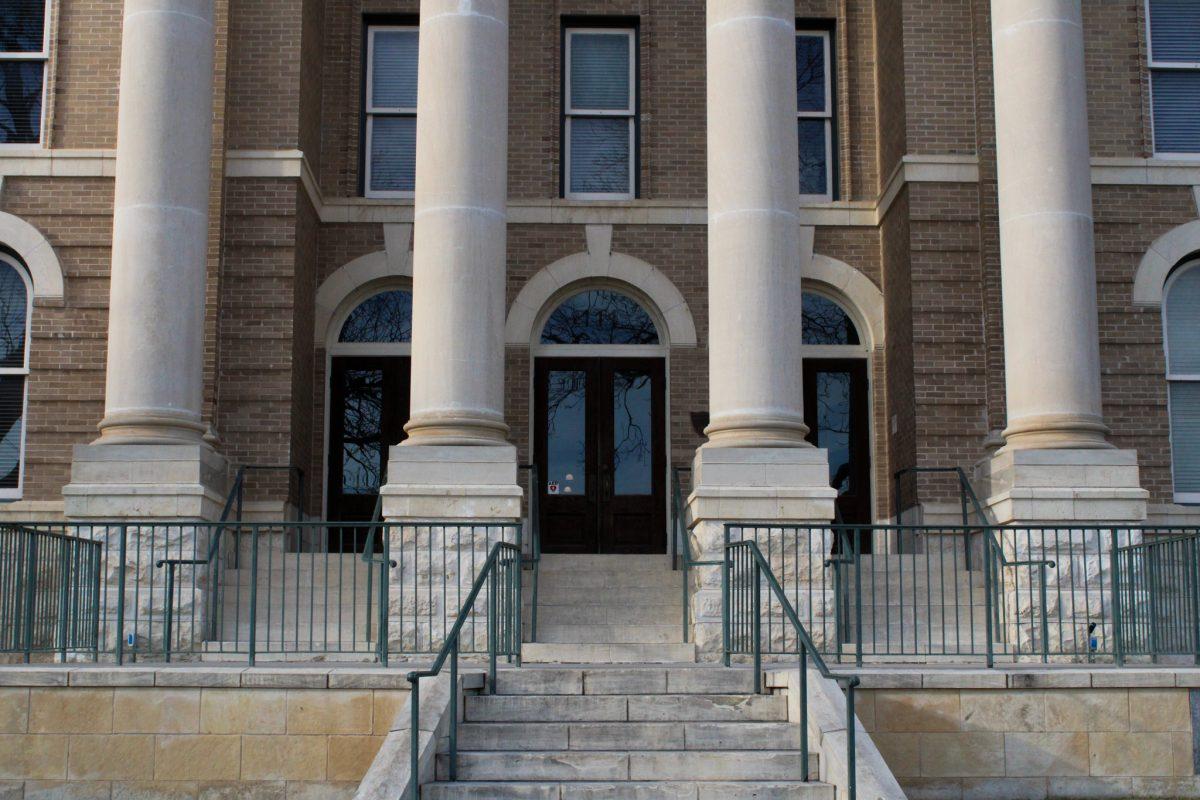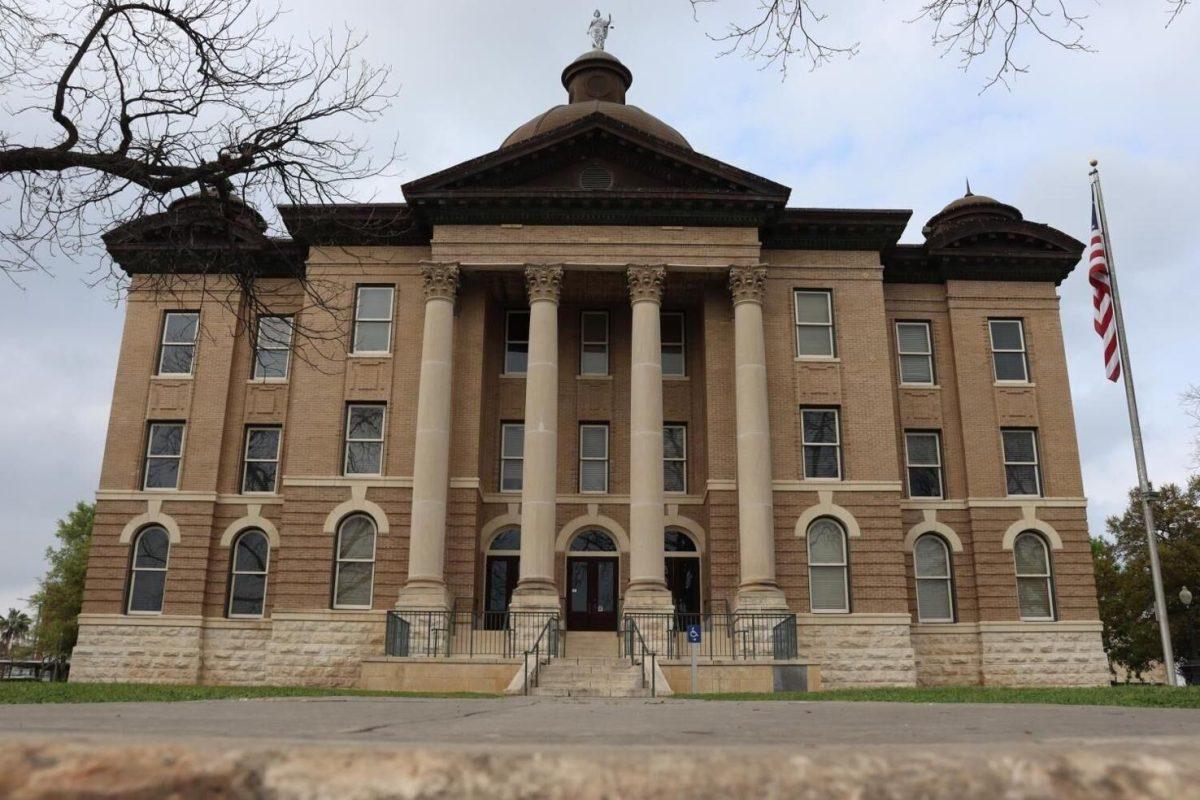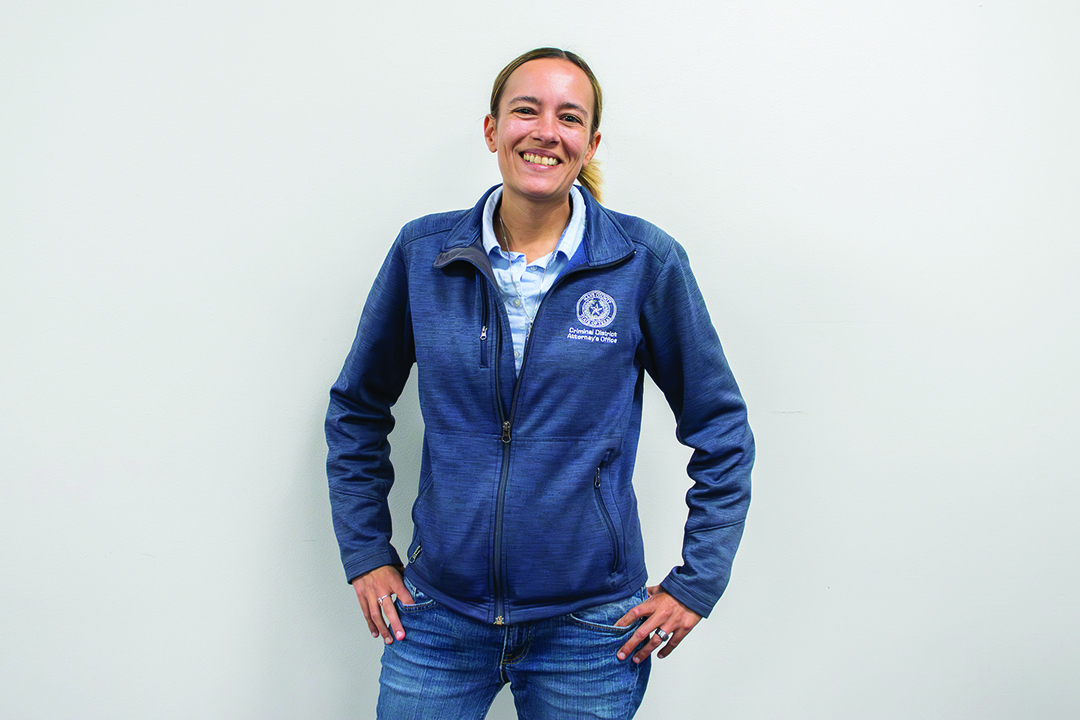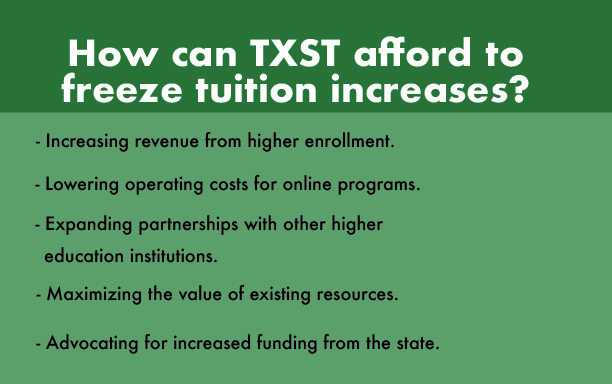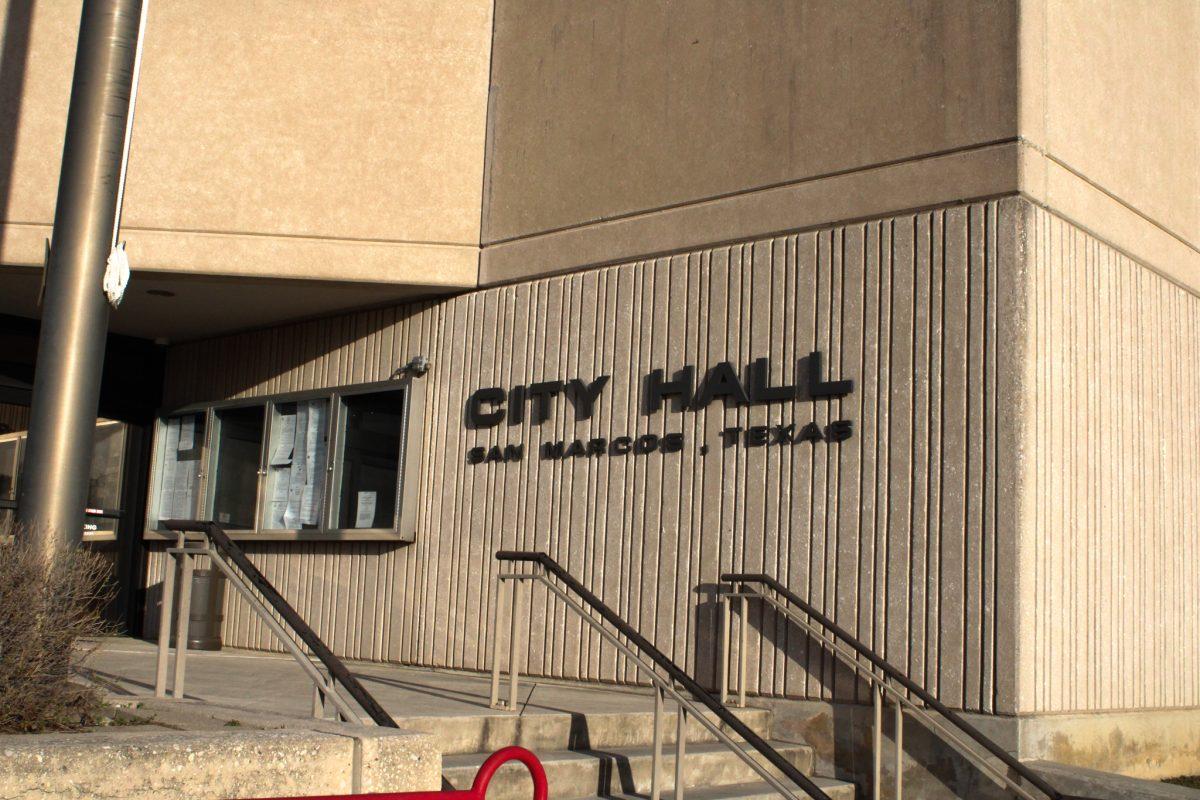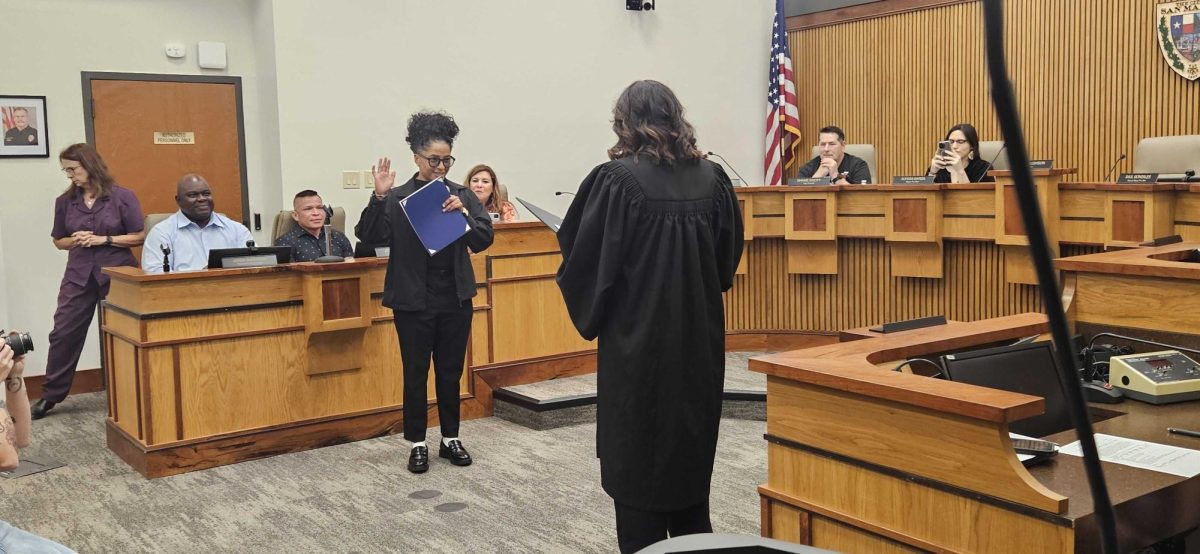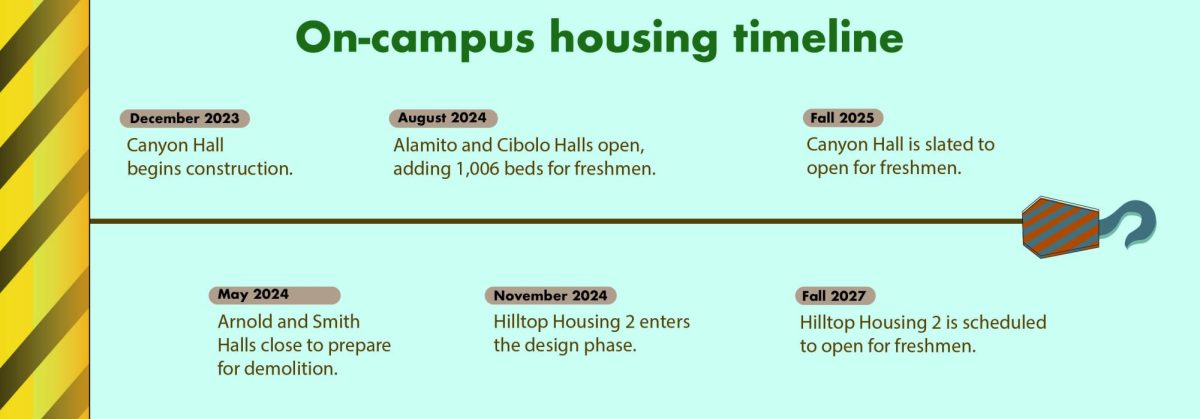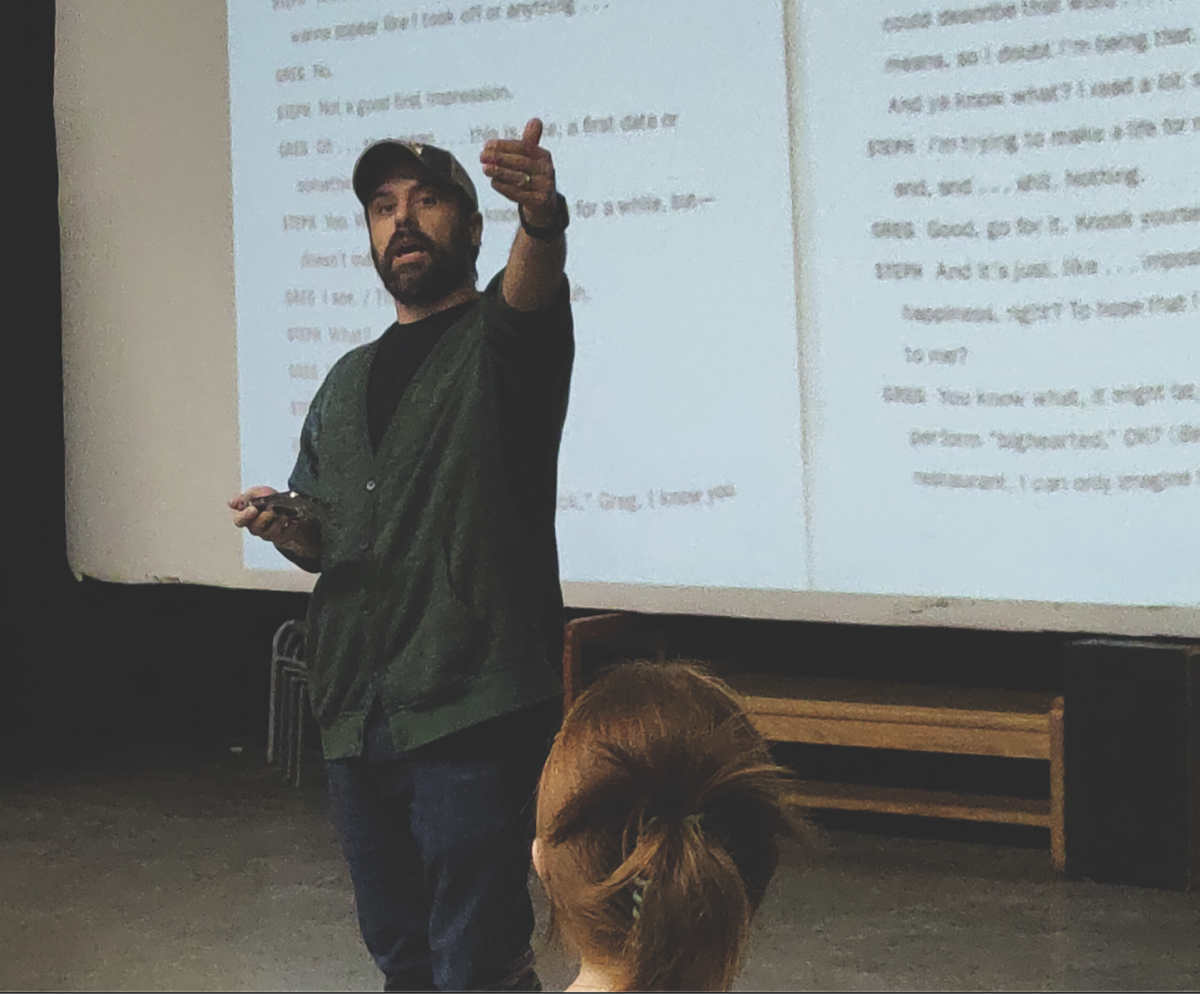I-35 congestion and construction will continue to affect San Marcos residents, despite having only one current I-35 project within the city limits.
The Great San Marcos Partnership and San Marcos Chamber of Commerce hosted the 2024 Transportation Summit on Feb. 20. Keynote speaker and Executive Director of The Texas Department of Transportation Marc D. Williams announced the San Antonio to Austin corridor, I-35 construction, will “never conclude.”
Williams said this is to meet the demands of population growth in the Central Texas region, which is expected to more than double by 2050.
TxDOT is performing a link study, expected to finish in 2025, of the 46-mile I-35 Austin to San Antonio corridor, from SH 45 Southeast to Country Road 382/Cibolo Valley Drive. According to a TxDOT virtual open house, this link study will be updating and expanding the 2015 Hays County Corridor Implementation Plan to account for population growth and current projects.
“The I-35 from Austin to San Antonio Link Study is a perfect example of planning for the future to tackle a doubled population by 2050,” TxDOT Public Information Officer Antonio Lujan said in a written interview with The University Star. “It will evaluate and analyze different transportation alternatives and ultimately help define the future of I-35.”
The city of San Marcos Senior Project Engineer Rohit Vij said members of the city will meet with TxDOT during the week of March 4 to submit their comments and resolutions to the link study. He said he’s unsure if the corridor will resolve congestion, but the study should provide answers. Residents can make public comments on the study until March 8.
One project in the works is I-35 to State Highway (SH) 123, which will reconstruct the entrance and exit ramp locations, lane structures and the bridge over SH 123. This project began in 2021 and is estimated to be completed in March 2025.
Vij said TxDOT, which has the main authority for these projects, is accommodating to making these changes, but it takes three to five years to go from design to implementation of these projects and changes.
“With SH 123, [TxDOT] started design in 2020, and at that time they discussed this project with the city and the city identified our own needs,” Vij said. “They accommodate that in the design process, and then we have to go through the agreement process, find agreements and council approval.”
Lujan emphasized the importance of coordination between TxDOT and local governments and said the recent FM 110 North project couldn’t have been completed if they didn’t have a partnership with Hays County.
Ben Kvanli has been a San Marcos resident since 1994 and currently lives on I-35, where he can “barely get out” of his driveway. Kvanli said he tries to be forgiving about construction because it’s ultimately making the roads and city safer, but there are still issues the city could be thoughtful of.
“It’s one thing for them to tear stuff up, but it’s another thing to leave it torn up for years,” Kvanli said. “I had to go for months with no driveway because they decided to tear up the end of my driveway, and my friend was biking near my house and fell off an embankment and broke his hip because the construction wasn’t safe.”
San Marcos resident Jonathan Villanueva has lived in the city for 46 years and uses I-35 often to get across town. Villanueva said there’s been discussion of widening the road to accommodate the growing Austin metroplex since he was a teenager, but he’s seen the most construction and growth in the past five years.
“20 years ago this place was completely different, so that all you saw was mountains and that’s the San Marcos that most of us remember,” Villanueva said. “[TxDOT] needs to make sure to remember that all parts of San Marcos are beautiful and not to destroy that.”


